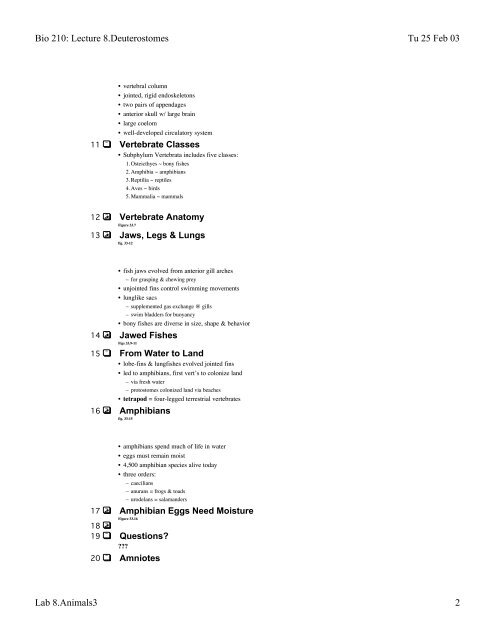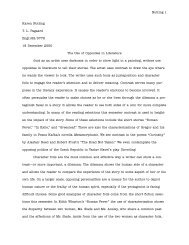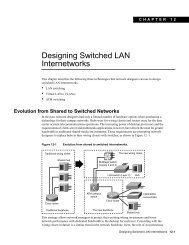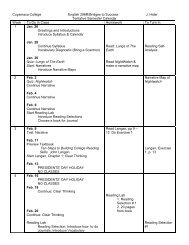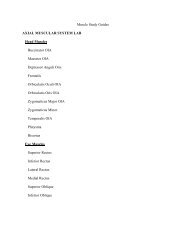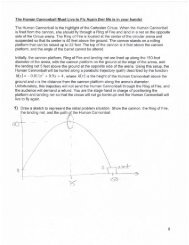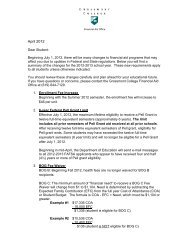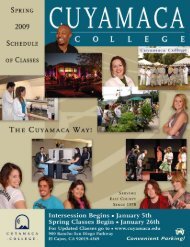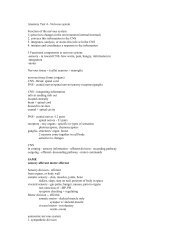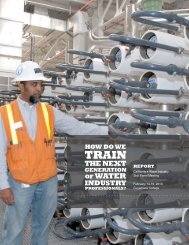Bio 210: Lecture 8.Deuterostomes Tu 25 Feb 03 Lab 8.Animals3 1
Bio 210: Lecture 8.Deuterostomes Tu 25 Feb 03 Lab 8.Animals3 1
Bio 210: Lecture 8.Deuterostomes Tu 25 Feb 03 Lab 8.Animals3 1
You also want an ePaper? Increase the reach of your titles
YUMPU automatically turns print PDFs into web optimized ePapers that Google loves.
<strong>Bio</strong> <strong>210</strong>: <strong>Lecture</strong> <strong>8.Deuterostomes</strong> <strong>Tu</strong> <strong>25</strong> <strong>Feb</strong> <strong>03</strong>• vertebral column• jointed, rigid endoskeletons• two pairs of appendages• anterior skull w/ large brain• large coelom• well-developed circulatory system11 Vertebrate Classes• Subphylum Vertebrata includes five classes:1. Osteicthyes ~ bony fishes2. Amphibia ~ amphibians3. Reptilia ~ reptiles4. Aves ~ birds5. Mammalia ~ mammals12 Vertebrate AnatomyFigure 33.713 Jaws, Legs & Lungsfig. 33-12• fish jaws evolved from anterior gill arches– for grasping & chewing prey• unjointed fins control swimming movements• lunglike sacs– supplemented gas exchange @ gills– swim bladders for buoyancy• bony fishes are diverse in size, shape & behavior14 Jawed FishesFigs 33.9-1115 From Water to Land• lobe-fins & lungfishes evolved jointed fins• led to amphibians, first vert’s to colonize land– via fresh water– protostomes colonized land via beaches• tetrapod = four-legged terrestrial vertebrates16 Amphibiansfig. 33-15• amphibians spend much of life in water• eggs must remain moist• 4,500 amphibian species alive today• three orders:– caecilians– anurans = frogs & toads– urodelans = salamanders17 Amphibian Eggs Need MoistureFigure 33.161819 Questions????20 Amniotes<strong>Lab</strong> <strong>8.Animals3</strong> 2


